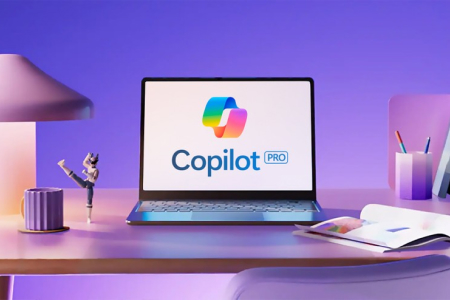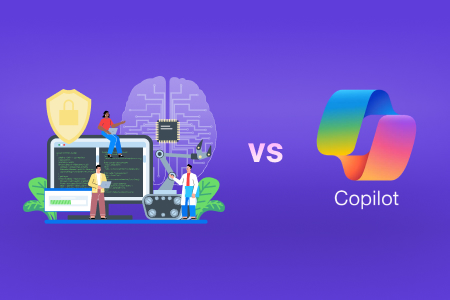In the era of digital transformation, businesses are continuously seeking ways to enhance productivity and streamline operations. Microsoft Copilot Workflows is at the forefront of this revolution, utilizing AI-driven features to reshape workflows in ways never before possible. As AI integrates into the core of business functions, companies are not only working smarter but are also unlocking new levels of efficiency and innovation.
Introduction: The AI-Powered Shift in Microsoft Copilot Workflow Automation
As technology continues to evolve, businesses are leveraging AI-powered solutions to automate tasks, optimize processes, and reduce manual effort. Microsoft Copilot, a part of Microsoft 365, is designed to integrate AI into everyday business tasks, simplifying complex workflows and enhancing team collaboration. From generating reports to managing data, Microsoft Copilot Workflows empowers businesses to accomplish more in less time.
Key Features of Microsoft Copilot Workflows in Modern Workplaces
1. AI-Assisted Document Creation
One of Copilot’s standout features is its ability to assist in document creation. Whether drafting contracts, reports, or emails, Copilot provides real-time suggestions, formats content, and ensures accuracy. For example, when creating a financial report, Copilot can pull relevant data from various sources, analyze trends, and offer insights, allowing team members to focus on decision-making rather than data crunching.
2. Automating Repetitive Tasks
Repetitive tasks like scheduling, data entry, and even email replies are often time-consuming and prone to error. Microsoft Copilot automates these tasks, freeing up employees to focus on high-value activities. Imagine having an AI assistant that schedules meetings, sends reminders, and auto-populates forms—this is the reality Copilot delivers.
3. Enhanced Collaboration with Microsoft 365 Tools
Microsoft Copilot Workflows integrates seamlessly with the Microsoft 365 suite, including Teams, Word, and Excel. It assists teams by suggesting relevant files, offering task recommendations, and helping project management by automating workflow steps. This integration ensures that teams work cohesively and efficiently, even in remote or hybrid environments.
How Microsoft Copilot Workflows Transform in Key Industries
1. Healthcare: Reducing Administrative Burden
In the healthcare sector, administrative tasks such as data entry, patient documentation, and appointment scheduling can be streamlined with Microsoft Copilot. By automating these processes, healthcare professionals have more time to focus on patient care, reducing burnout and improving service delivery.
2. Finance: Streamlining Data Management
Financial institutions often deal with massive amounts of data. Copilot can assist by generating reports, analyzing market trends, and offering insights for informed decision-making. For example, Copilot can help a financial analyst by summarizing stock performance, generating forecasts, and identifying potential risks, all within a few clicks.
3. Marketing: Optimizing Campaign Management
Marketing teams can leverage Copilot to automate campaign management tasks, such as drafting email templates, scheduling social media posts, and analyzing campaign performance. Copilot can generate audience insights and recommend campaign adjustments in real time, helping marketers stay ahead of the competition.
Real-World Use Cases of Microsoft Copilot
1. Automating Sales Processes
Sales teams often juggle multiple tools and platforms to manage their pipeline. Microsoft Copilot simplifies this by integrating customer data, generating follow-up emails, and suggesting the next steps to close deals faster. By automating these tasks, sales teams can focus on building relationships and driving revenue.
2. Improving HR Workflows
Human Resources departments use Copilot to manage recruitment processes, streamline employee onboarding, and automate routine tasks like updating employee records. The AI-powered assistant can analyze candidate profiles, schedule interviews, and even suggest job descriptions, reducing the administrative workload.
The Future of AI-Driven Workplaces
As AI continues to evolve, the integration of tools like Microsoft Copilot will become even more critical for businesses. Future advancements may include deeper insights, more intuitive automation, and enhanced predictive analytics, allowing businesses to make better decisions faster.
Conclusion: Why Microsoft Copilot is the Future of Workflows
Microsoft Copilot is more than just an AI tool; it’s a game-changer for businesses looking to enhance productivity and streamline operations. With features that automate repetitive tasks, offer real-time insights, and improve team collaboration, Copilot is transforming how companies approach work. Businesses that adopt Microsoft Copilot can expect to see improved efficiency, better decision-making, and, ultimately, a more competitive edge in their industry.







